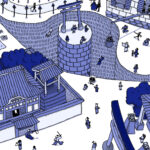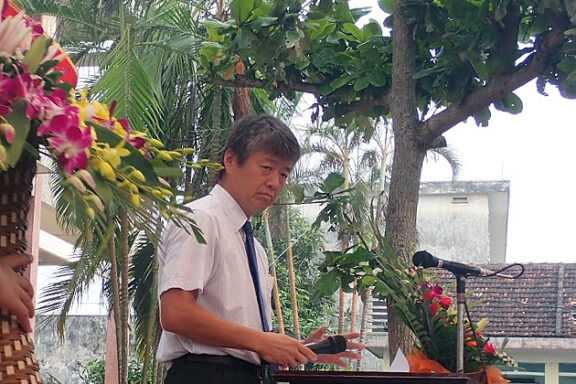Kisho Tsuchiya (Southeast Asian Studies, Modern History)
In his Public Opinion, Walter Lippmann quoted the parable below to draw readers’ attention to the vastly different motives behind a seemingly singular public opinion:
Four men may meet under the same lamp post; one to paint it pea green as part of a great municipal reform; one to read his breviary in the light of it; one to embrace it with accidental ardour in a fit of alcoholic enthusiasm; and the last merely because the pea green post is a conspicuous point of rendezvous with his young lady. But to expect this to happen night after night is unwise. (p. 23)1
The moral of this parable is that if we focus solely on the number of people who gather at a single point (the four men under a streetlight), we may be blind to their motivations and subsequent actions.
I am currently conducting a research project in the southern Philippines tentatively titled “Reconsidering the Twentieth Century through Life Histories of Mindanao People: A Study on the Formation of Grassroots Conservatives.” The project aims to understand the common and divergent contexts of Mindanao public opinion by collecting interviews focused on the experiences of so-called “ordinary people” as new historical sources. I am also encouraging my students at Ateneo de Davao University to explore unique social issues and common challenges experienced in Mindanao and broader Southeast Asian countries by means of oral history. With the cooperation of local scholars and my students, we have collected about 250 life history interviews to date.
Ateneo de Davao University, where I am stationed as a visiting professor for one year, hosts students from diverse backgrounds. In my classes alone, there are students of different faiths such as Christians and Muslims, as well as students from the communities of “indigenous people” called “Lumad” in Filipino. Geographically, they are not only from Davao, but also such places as the Bangsamoro Autonomous Region, General Santos, Lanao, Zamboanga, Sulu, and other islands such as the Visayas and Luzon. Some are from prominent families of politicians and government officials; others are from agricultural families. There are even students from families with connections to Abu Sayyaf (a militant Jihadist group) and the New People’s Army (the armed wing of the Communist Party of the Philippines). Indeed, I had the following conversation with a student recently:
“Sir, my family was with Abu Sayyaf. We surrendered in Sulu when I was in grade school. Now they are working with the government forces.”
“Oh, really? My relative was kidnapped in Lanao, but thankfully, he came back alive. Both of us seem to have tough lives in Mindanao, don’t we?”
“Well, if it was Lanao, it wasn’t our group. I’m relieved that it was not us. But, your relative is really lucky that he was able to return alive. Thank God.”
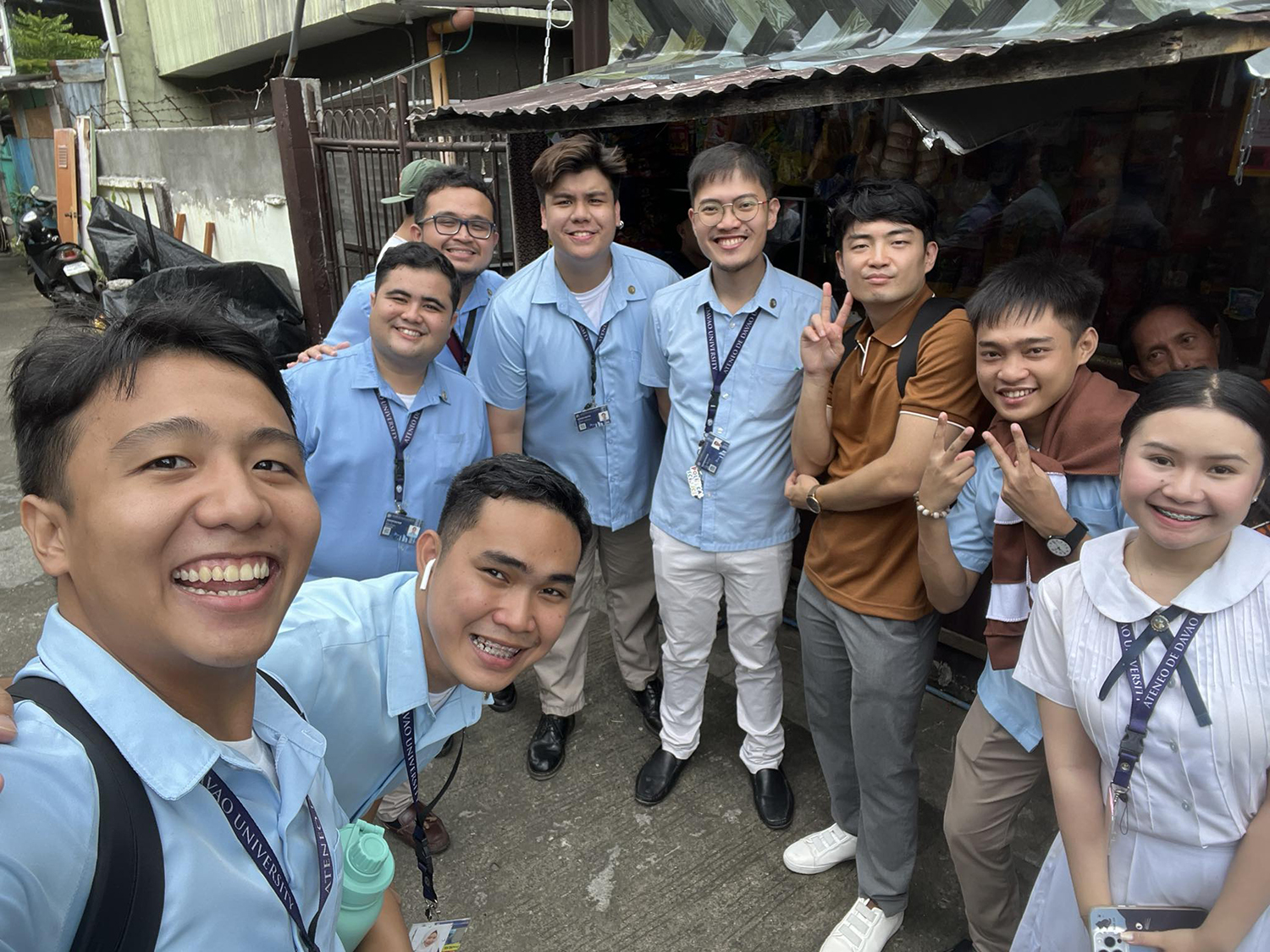
Exchanges like these are also valuable fieldwork. In this article, after briefly introducing the dominant narratives of recent Philippine history, I will introduce and discuss two interviews collected by students at Ateneo de Davao University that offer an alternative viewpoint based on experiences in Mindanao.
Recent History of the Philippines: Two Conventional Narratives
In recent years, there have been some significant shifts in Philippine politics. Following the 1986 EDSA Revolution, politicians with strong ties to Ninoy Aquino (at the time widely considered a martyr) and his family gained strong influence over national politics. However, since around the mid-2010s, new political personalities have risen to prominence. A typical example is former President Rodrigo Duterte, a Davao-based politician known for his “iron fist” methods of cracking down on criminals, drug dealers, drug addicts, street children, and corrupt officials and police officers. He became the first Mindanao-based president of the Philippines. Another example is the current President Ferdinando Bongbong Marcos Jr., the son of the former dictator Ferdinando Marcos (who ruled from 1965–1986).
To my understanding, the success of such politicians was quite unthinkable for foreign observers and Manila-based academics about 10 to 15 years ago. Nonetheless, this political change has cast doubt on the dominant historical narrative that views the Marcos era as a “dark age” that culminated in Martial Law (1972–1986) and the EDSA Revolution as a liberation from that oppression. A counter-narrative, championed by the family of the former dictator, has emerged in the public discourse. It portrays the Martial Law era as a “golden age” and the EDSA Revolution as a sort of “treason” caused by some prominent political figures who “deceived” the people.
As a student of Reynaldo C. Ileto (a prominent advocate of “history from below” in Philippine Studies), I began exploring methods to write a history of “ordinary people” that may supplement—or replace—these binary narratives of Philippine political history, which are predominantly centered around the experiences of a few elite families like the Aquinos and the Marcosses. By listening to the experiences and viewpoints of “ordinary people” in Mindanao, the majority of whom voted for Rodrigo Duterte in 2016 and Bongbong Marcos in 2022, I aim to understand how they came to such voting decisions. In analyzing Mindanao life stories for commonalities and contradictions, I attempt to offer an alternative to the two existing dominant narratives. The following is a snapshot of some initial findings.
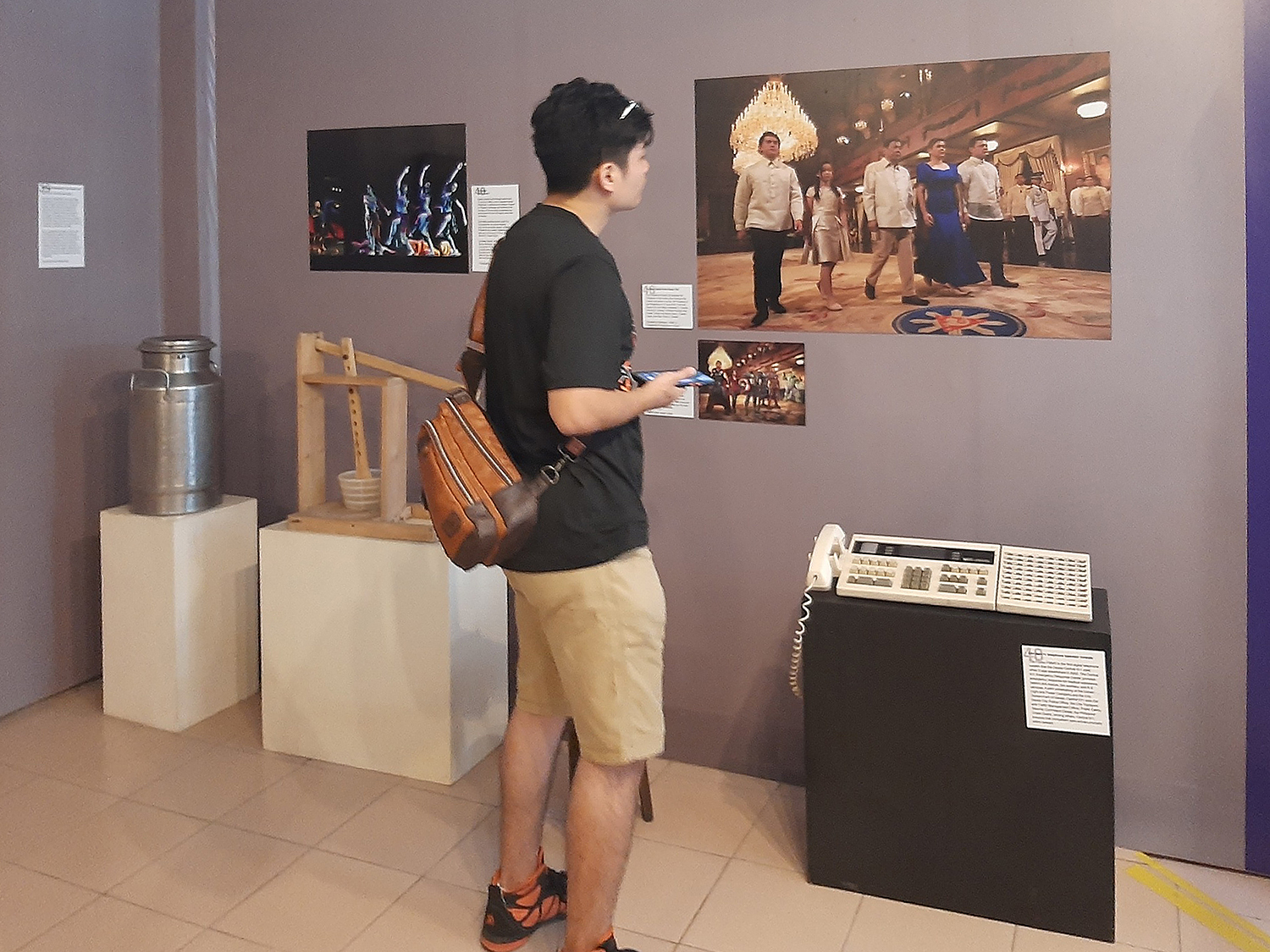
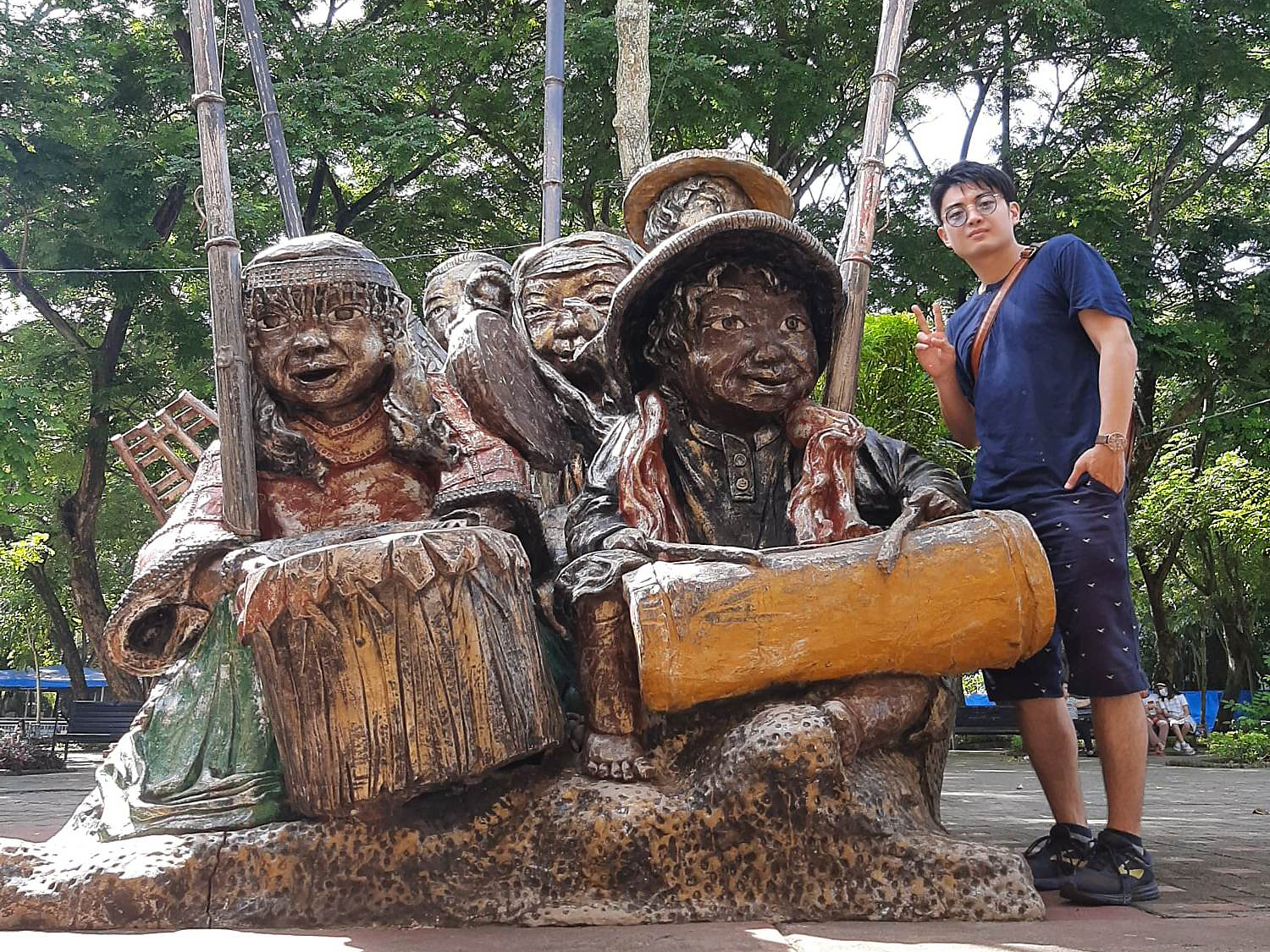
A Factory Worker and a Farm Proprietor’s Experience of Regime Change
Here I introduce the experiences of two individuals from Mindanao. The first, a man born in 1965, has worked in a factory in Davao and abroad for his main livelihood. He recounted his own experiences during the martial law period and after the EDSA Revolution and described Marcos Sr.’s presidency:
That time was really different compared to now because life seemed simpler back then. People led very simple lives. Perhaps that’s why some refer to that era as the Golden Era, although that might be a misconception. It’s understandable because during our time, things were really cheap, even though they weren’t as luxurious as today. It was already considered enough if we could solve the day’s struggles.
He compared the post-EDSA period as follows:
Perhaps now we have more freedom because the constitution has changed, making our society more democratic. During the Martial Law, our voices were limited, but now we can speak out. However, when it comes to governance, little has changed. In fact, the situation in the Philippines has worsened due to increased corruption among officials and a declining economy, especially during the Aquino administration. That’s why I’ve lost trust in these governments. We have to fend for ourselves because the government is inefficient. They are only concerned with their personal interests and seem indifferent to the needs of the people. Although we may have gained freedom and a voice, it feels like we are still unheard because our concerns remain unaddressed. We are just tired. We’ve realized that we must make ends meet on our own.2
In short, in comparing society under the different regimes, he sees that while democracy and freedom of expression have grown, economic disparity and corruption have increased.
The second person, a woman born in 1947, has been involved in managing a family plantation in Pantukan, in Davao de Oro. She and her family members started off as plantation workers, and through hard work (as she recollects), they became a part of the landowning class. Reflecting on her youth before Martial Law, she also recalled that “things were simpler and cheaper back then” and she described the beginning of Martial Law in the 1970s as follows:
You know, prior to that, farmers were happy under the Marcos administration because for one, with a coconut farm, you could really raise a family. With the number of hectares we have, even if it was still owned by my husband’s father, it was enough to feed the whole family of my husband’s brothers and sisters. The advice of my father-in-law at that time was that as long as it is well managed, the farm would be enough for the next generations to survive.
She then associated the beginning of the Martial Law period with the emergence of the New People’s Army:
When the Martial Law started, the NPA came in (to Davao) around 1975. The NPA here were aggressive during that time. They would come to our farm and ask for money. We had cattle at that time, and they would demand two or three cows when they had celebrations like anniversaries or whatnot. There was money extortion, and sometimes you could not refuse their demands because it would put the farm at risk, especially because we had no arms and the NPA did.
As she recalled the anti-government armed groups coming to the plantation, she suggested that the imposition of martial law was a necessary evil to control them. It is important to note that her chronology is based on her experience in Davao, not in Manila. Likewise, when asked about the EDSA Revolution, she said, “The revolution happened in Manila, not in Davao.” She continued:
As for my experience, the Marcos time was okay, so I thought that Cory (President Corazon Aquino) would also be okay. I thought something better would happen. But then she implemented the Land Reform Program, or CARP. That was a failure that we experienced firsthand. Our property was practically broken into pieces and at the same time, my husband had just had a stroke. It was really hard for me because my finances were really affected. My first two children were already studying in La Salle (University), and my first born came back to manage the farm (giving up his studies).3
She criticized Corazon Aquino as a “communist“ and narrated how her family, who had risen to the landowning class through their own efforts, was disrupted by post-EDSA policies, yet managed to survive once gain through their efforts.
Mindanao Experiences and Perceptions of Past and Present
The stories of regime change from the personal experiences of these two individuals, who differ in gender, class, and livelihood, are neither far-fetched nor a minority among the testimonies we have collected in Mindanao. They share common threads with the stories of many people we listened to.
One common theme that emerges is the expansion of freedom of expression, material desires, and aspirations, on the one hand, and the ensuing disappointment about them, on the other. This disconnect reflects how the heightened political hopes brought about by the EDSA Revolution turned into disappointment when they were not fulfilled. It also highlights the difficulty of satisfying, or managing, people’s desires and hopes as unleashed by democratization. This difficulty, or disconnect, reminds us of the approach taken by Bhutan in developing the concept of the Gross National Happiness concept.
However, this type of narrative does not indicate, as some experts suggest, that the people of Mindanao unreasonably glorify the Ferdinand Marcos regime. Rather, when people compare different administrations, they conclude that there has been no significant change, politics is disappointing, and survival depends solely on self-help efforts and cunning. Moreover, the lack of these narratives in existing debates reveals a bias on the part of researchers, who tend to discuss the problems of the Marcos regime without addressing issues that emerged following the EDSA Revolution.4
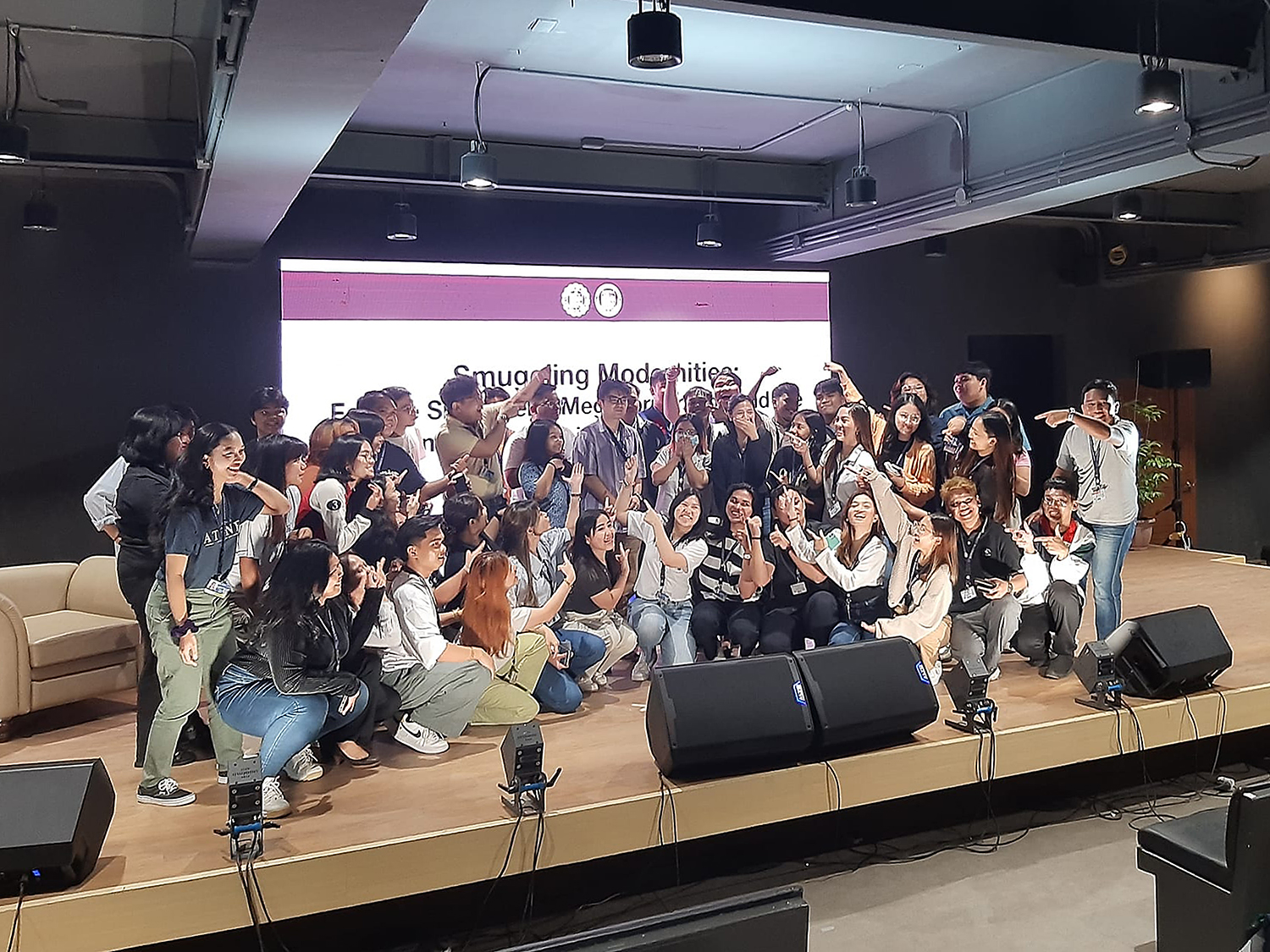
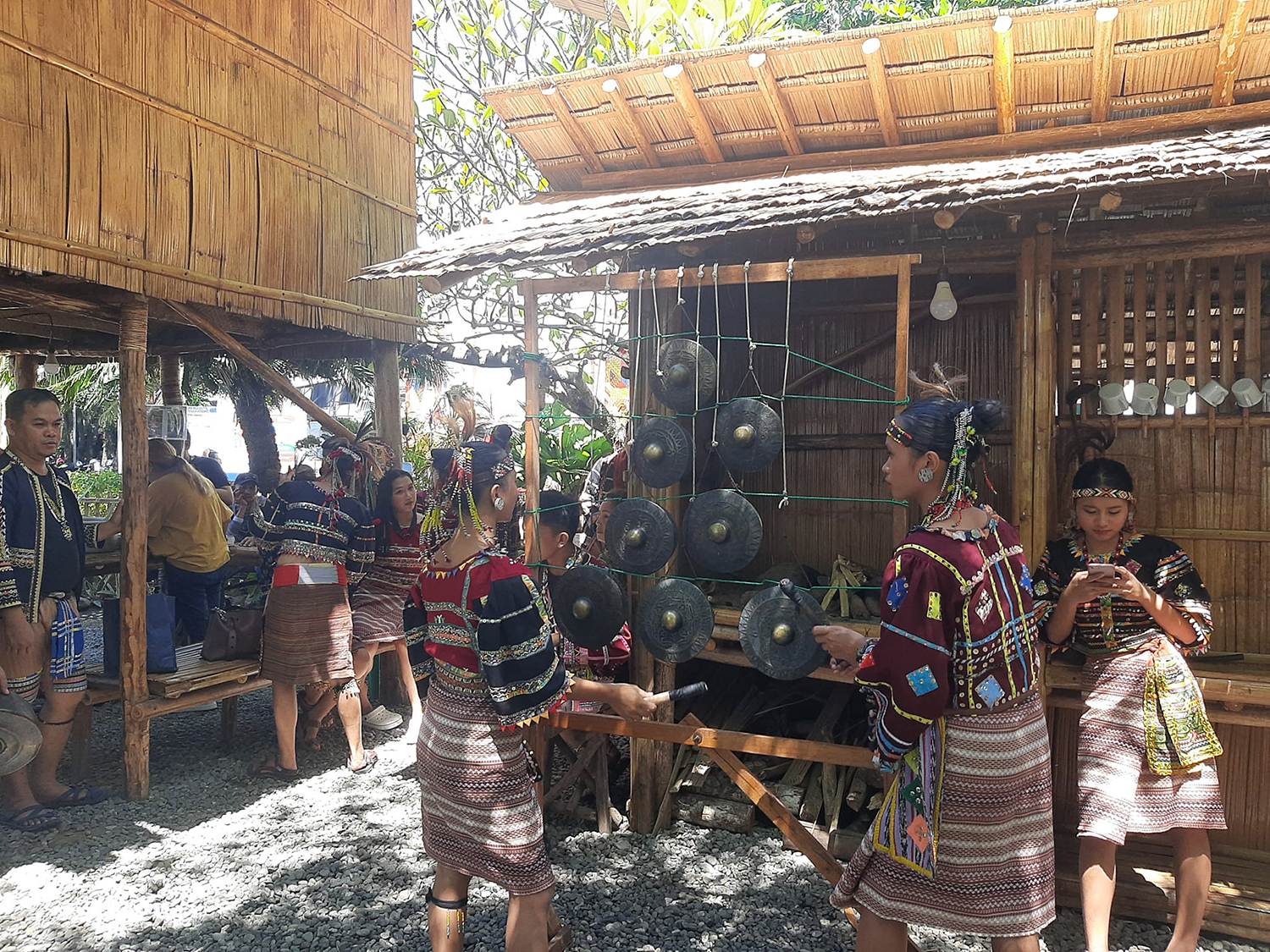
The people of Mindanao that we have interviewed used various criteria, such as stability in their everyday life, happiness, fair pricing of goods, and whether society rewards peoples’ efforts or not, when comparing different political regimes. These criteria do not necessarily coincide with those that modern scholars commonly use, such as democracy, freedom, gross domestic product, and gross national product. To gain a deeper understanding of the motives behind public opinion, we need to probe the criteria, experiences, values, and worldviews of ordinary voters.5 While I have only introduced the perspectives of two individuals in Mindanao with this article, I hope to present many more personal histories in the future.
(April 11, 2024)
Notes
1 Lippmann, Walter. 1991. Public Opinion. New Brunswick and London: Transaction Publishers.
2 Kristine Cosares’ unpublished interview with anonymous interviewee (a 59 year-old citizen of Davao City). “Comparison of the Martial Law Era and Post EDSA Period in Local Perspective.” March 31, 2024.
3 Gabriel Te’s unpublished interview with Ms. I. “Mindanao Farm Owner’s Experience during the Martial Law Era up to post-EDSA Period.” March 26, 2024.
4 See also the following article. Kisho Tsuchiya, “A Death in Northern Mindanao: A Place Without Leviathan,” CSEAS Newsletter 81, December 13, 2023.
5 The following video presents some of the author’s oral history research. Kisho Tsuchiya, “In Their Own Words: The Recent History of a Mindanawan Port Town Through the Experience of Female Ex-smugglers,” TANKEN Video: Welcome to Area Studies, November 30, 2022.
This article is also available in Japanese. >>
「歴史認識論争と草の根の歴史観〈ダバオ滞在記2〉」
(土屋 喜生)


